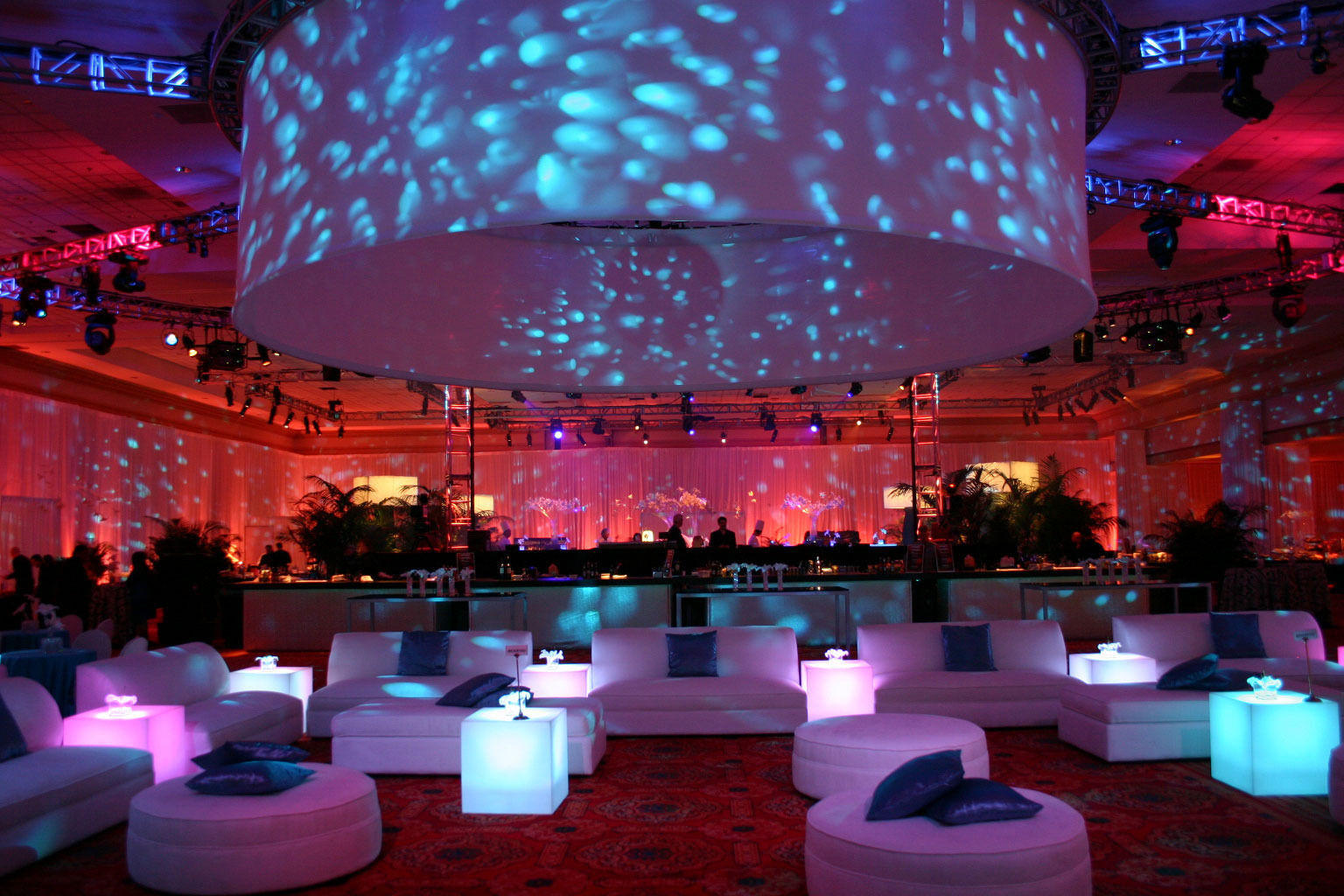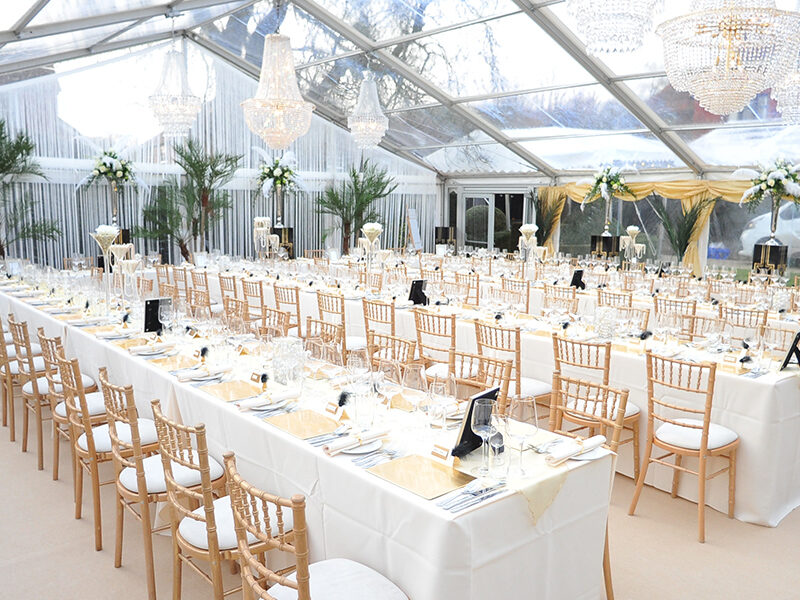Planning a company event comes with pressure. You’re not just organizing a get-together. You’re shaping the way your team connects, how your brand is perceived internally, and whether people walk away inspired or underwhelmed. The venue might set the stage, but it’s the smaller details that leave the biggest impact.
If you’re tasked with pulling it off, focus on the things most planners overlook. These seemingly minor details can make the difference between a forgettable afternoon and an experience people actually talk about.
Decor Isn’t Just Visual, It’s Emotional
The moment someone walks into a room, the tone is set. Without saying a word, the space communicates something. It tells people whether they’re welcome. Whether this is going to be formal or relaxed. Whether it’s been thrown together or thoughtfully curated.
Too often, decor is treated like the cherry on top. But really, it’s the atmosphere. It’s what holds the entire experience together.
Start by being intentional about the look and feel you want. A color palette isn’t just about style, it’s about mood. Neutrals with natural textures can create a soft, relaxed tone. Darker tones with metallic touches bring elegance. A few carefully chosen accent colors help tie the space together without overwhelming it.
Lighting is another detail that quietly shapes everything. Overhead fluorescent lights drain the energy out of a room. Try using layered lighting instead. Lamps, warm bulbs, soft spotlights, or even candles (in the right setting) all help make the environment feel more inviting and less sterile.
Then there’s texture. Smooth linens, soft upholstery, wood accents, glass centerpieces – combining a few different materials creates visual interest. It’s not about spending more. It’s about mixing things in a way that feels rich, layered, and complete.
For larger events or complex themes, working with experts like Florida Event Decor can be helpful. They specialize in bringing all those visual elements together so the space tells a unified story. Professionals understand how to use layout, materials, and color in a way that feels intentional and seamless, creating an experience that looks polished from every angle.
And of course, brand identity. Don’t force it. You don’t need to plaster logos everywhere. Instead, think tone. Maybe the brand’s colors show up in the florals or the place cards. Maybe you create a central installation or photo backdrop with a company value or mantra subtly woven in. When branding is done well, it blends in and enhances the event without feeling like a campaign.
Decor tells people what kind of event they’re stepping into. If you treat it like an afterthought, the whole experience can feel flat or disconnected. But when you get it right, it creates a cohesive environment that instantly feels more professional, more thoughtful, and more enjoyable.
Food and Drink Deserve More Attention Than They Get
People might not remember the exact dishes served, but they will remember if the food felt thoughtful or rushed. If it matched the vibe, or felt like filler. Catering isn’t just functional. It’s part of the rhythm of the event.
The style of service you choose says something. A sit-down plated dinner signals formality. Food stations or grazing tables feel more open and relaxed. Passed hors d’oeuvres encourage movement and mingling. Each format creates a different kind of energy, so match the food to the flow of the event.
Also, don’t skimp on variety. Not everyone eats the same way. Include vegetarian, gluten-free, and allergy-friendly options without making them feel like second-class choices. When people feel considered, they engage more comfortably.
Drink matters too. A custom non-alcoholic option shows effort. A self-serve refreshment station can be a great way to encourage conversation. You don’t need a full bar, but you do need a plan that suits the occasion and respects your guests.
The point isn’t fancy. The point is care. When food and drink are intentional, they help create a space where people can relax, connect, and enjoy themselves without distraction.
Signage, Flow, and the Guest Experience
When people don’t know where to go or what’s next, it creates friction. And friction breaks immersion. That’s why clear, well-placed signage is key.
You don’t need to label everything, but you do need to make sure people aren’t guessing. Use clear signs for restrooms, food areas, photo zones, and schedules if the event has a timed structure. Bonus points if it looks good and matches the overall style of the space.
Wayfinding isn’t just about signs either. It’s about how the event flows. Where do people go when they first arrive? Are they greeted? Is there something to do during those first ten minutes? If there’s a speaker, where’s the best place to stand or sit without disrupting the room?
Pay attention to bottlenecks. Where are people likely to crowd up? Where do things slow down? A well-planned layout will naturally guide people through the space without forcing them to ask or figure things out.
The less guests have to think about logistics, the more they can actually enjoy the experience.
Timing: Don’t Underestimate the Power of a Well-Timed Agenda
Even casual corporate events benefit from structure. People like to know what’s coming. But more than that, they need space to breathe. If the schedule is too tight, the event feels rushed. If it’s too loose, people start to disengage.
Get clear on the event’s purpose and build a timeline around that. If it’s a celebration, prioritize mingling and good food. If it’s educational, break up sessions with moments for connection and movement. Avoid long blocks of passive sitting. Build in breaks and transitions that feel natural, not forced.
Also consider timing for announcements, awards, or performances. When you save everything for the end, you risk losing your audience. Instead, sprinkle those moments throughout so energy stays high.
Don’t Forget the Exit
One of the most overlooked parts of any company event is the ending. But how people leave matters just as much as how they arrived.
Think about the last thing they’ll experience. Is there a moment of gratitude? A small take-home item? A simple goodbye that doesn’t feel rushed?
If there’s music, let it fade rather than cut off. If there’s lighting, dim it gradually. Allow the event to wind down with intention. That closing energy lingers longer than most people realize.
The Details Are the Event
Big venues and impressive speakers are great. But what people actually remember are the human moments, the atmosphere, the thoughtful touches that made them feel considered.
It’s the smooth check-in. The lighting that made the space feel warm. The food that didn’t make them feel like an afterthought. The quiet corner with comfortable seating where they had a great conversation.
Planning a company event isn’t about hitting the checklist. It’s about shaping how people experience their time. And when you get the small things right, everything else starts to shine.


